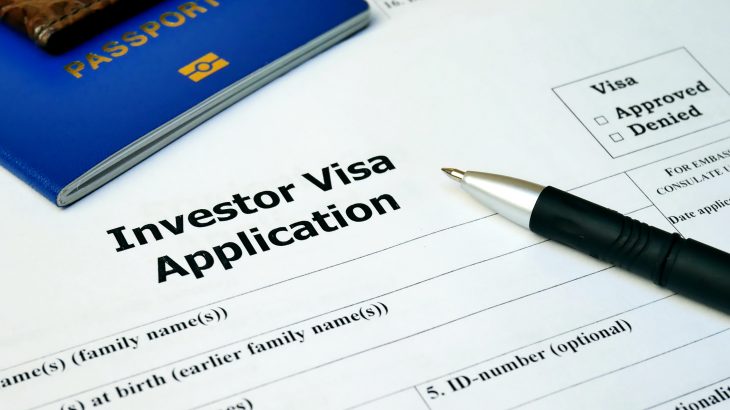USCIS has introduced a new EB-5 application form specifically for EB-5 Regional Center Applicants – henceforth to be known as Form I-526E.
The US Citizenship & Immigration Services (USCIS) today issued a new EB-5 Investor Visa application form for Regional Center applicants – the I-526E Immigrant Petition by Regional Center Investor. Until now, both Regional Center and Direct EB-5 Visa applicants used the same form I-526 Immigrant Petition by Alien Entrepreneur. A revised Direct EB-5 application form is expected soon.
Applicants are advised to work with a licensed US attorney when preparing an EB-5 application. The attorney will ensure that you are using the correct form and can assist with documenting acceptable sources of funds. This will avoid any necessary delays or denials caused by administrative errors or inadmissible Sources of Funds. At Davies & Associates we have helped hundreds of families successfully move to the United States, and no client who has followed our advice has been denied an EB-5 Visa.
The I-526E, being focused on Regional Center EB-5, inevitably contains sections requiring more information of an EB-5 Visa applicant’s chosen Regional Center project. There are also additional questions about the investor, for example their net worth, that will likely also feature in any new Direct EB-5 application form.
Investors who have already submitted an I-526 for a Regional Center project and are awaiting adjudication need take no further action. USCIS does not require these applicants to re-submit an I-526E, but rather will adjudicate on the basis of an I-526.
However, any new applicants must use the new form. Failure to do so will result in the application being rejected. In such an instance, the applicant would need to refile, which means losing their position in the EB-5 processing queue at a time when demand is rising quickly. This can have a particularly serious impact on investors from countries in or near retrogression. We advise you to work with an experienced attorney to avoid unnecessary mistakes and delays.
The EB-5 Immigrant Investor Visa Program is US permanent residency (Green Card) by Investment. The minimum investment requirement is $800,000 and this must create ten jobs. Each member of a qualifying family unit can obtain permanent residency through a single investment, but parents should plan carefully to avoid their children “ageing out” and requiring their own separate application.
This article is published for clients, friends and other interested visitors for information purposes only. The contents of the article do not constitute legal advice and do not necessarily reflect the opinions of Davies & Associates or any of its attorneys, staff or clients. External links are not an endorsement of the content.



























